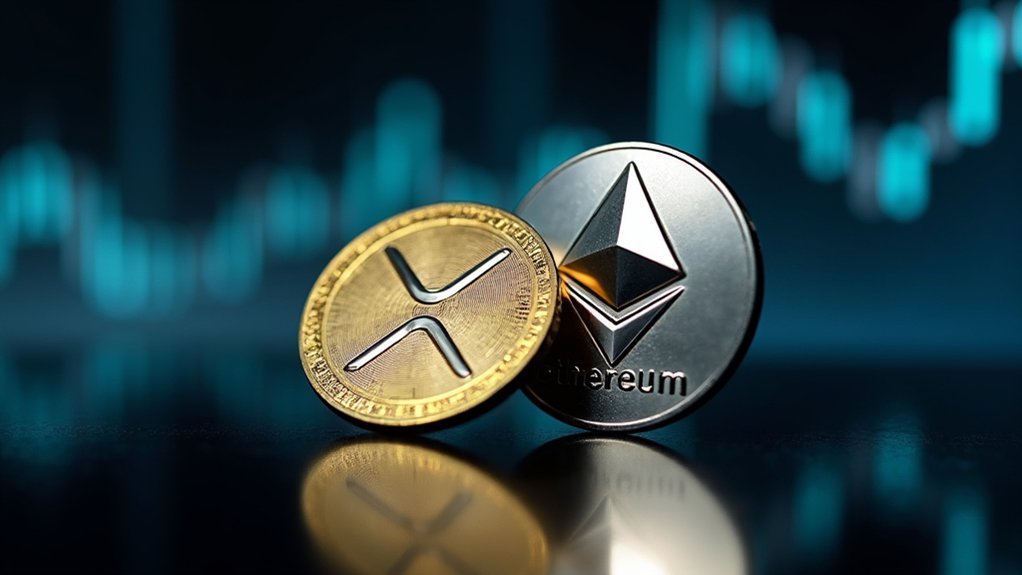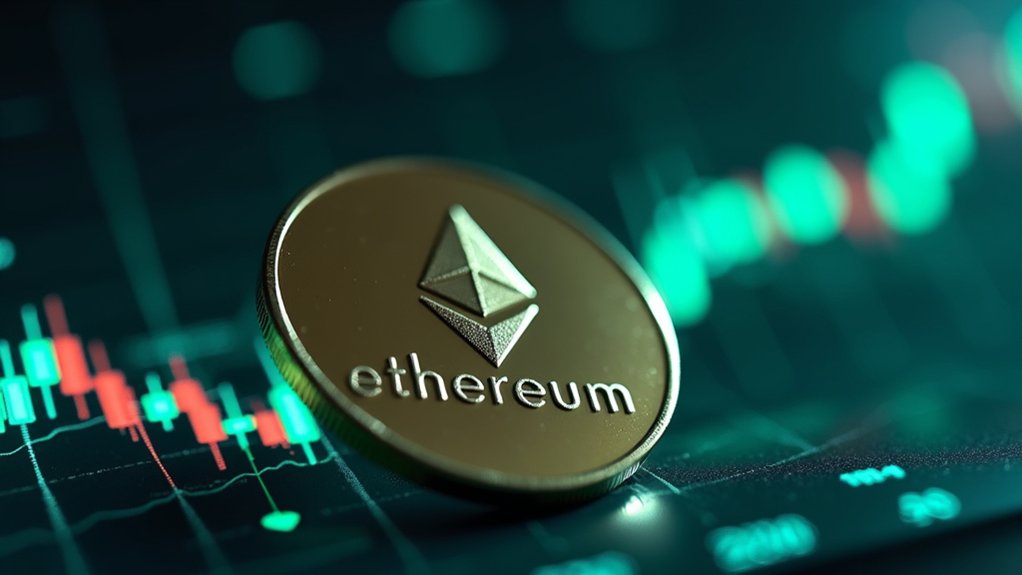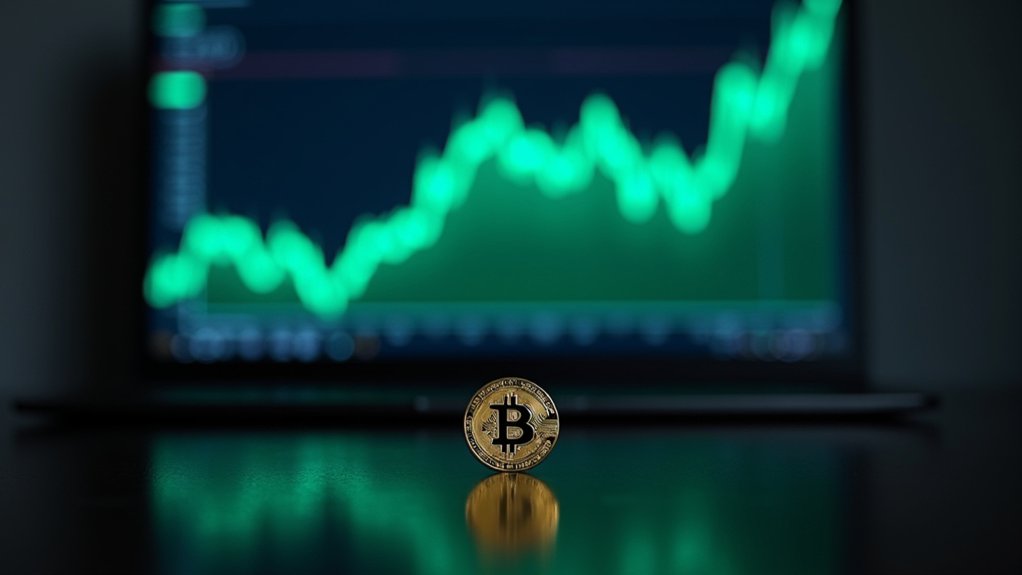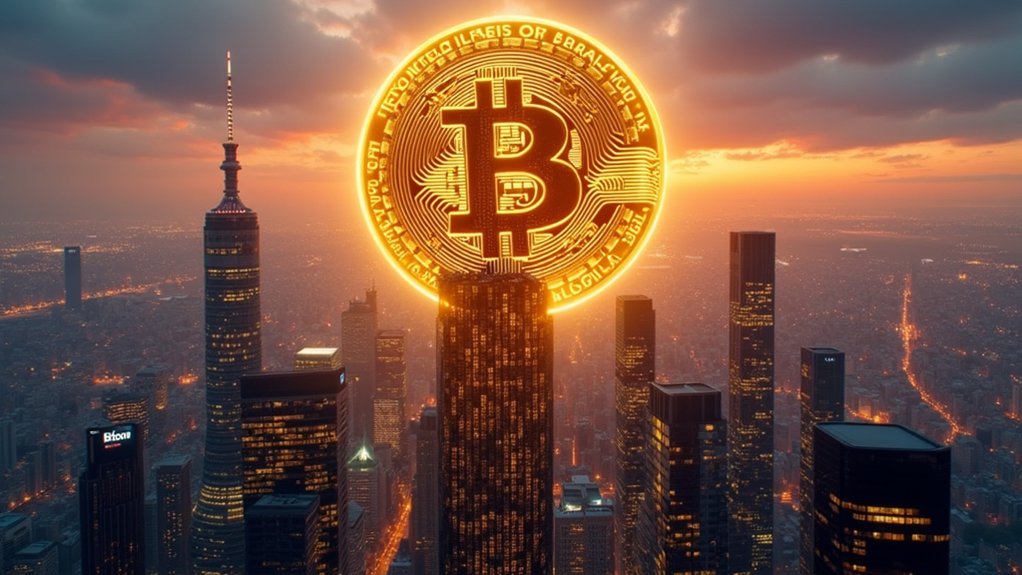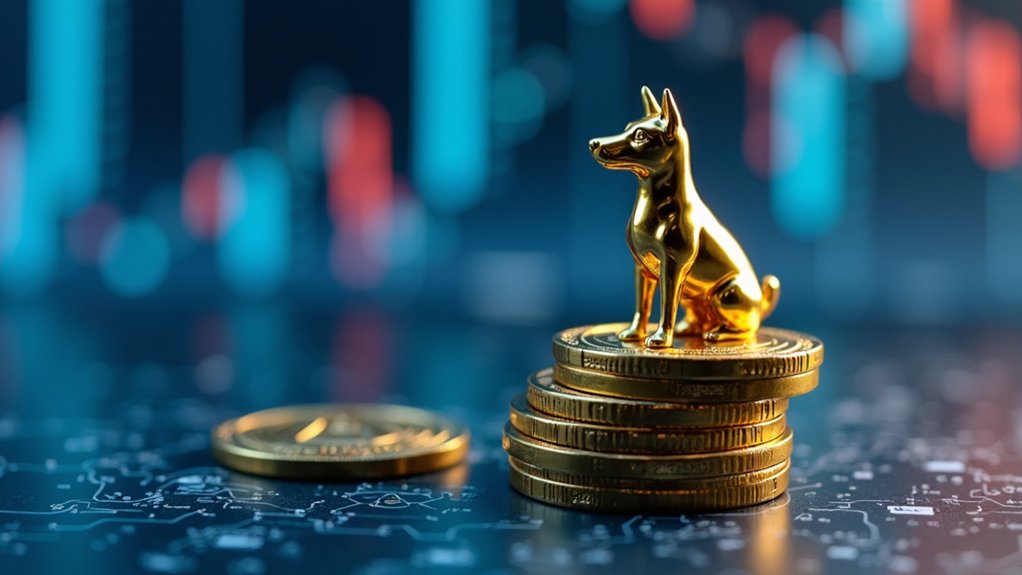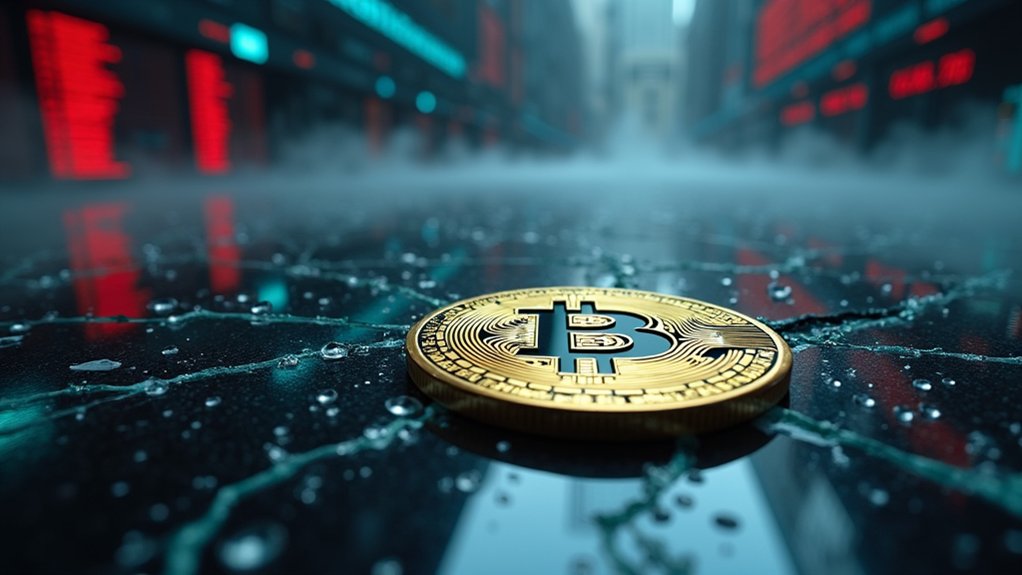How did XRP manage a staggering 552% surge from mid-2024 to 2025 while Ethereum languished with a mere 6.34% gain, exposing the glaring disparity between speculative fervor and institutional gravitas? The answer lies not in sustainable growth or technological innovation, but in a cocktail of concentrated whale accumulation and artificially tightened liquidity, which propelled XRP’s market cap upward like a balloon tethered to a pinprick. Nearly 2,743 wallets hoarded over one million XRP each, representing about 4.4% of the total supply, a scenario that smacks of manufactured scarcity rather than organic demand. Meanwhile, Ethereum, the ostensible behemoth of smart contracts and decentralized finance, saw its developer activity surge unabated, underpinning a robust ecosystem that, while less flashy in short-term price jumps, builds undeniable long-term value. XRP’s recent sharp rebound from the $3.40 support zone, with volume nearly triple the daily average, indicates technical momentum and institutional confidence that contrasts with its earlier speculative image. However, many analysts remain cautious about XRP’s sustainability, noting that some ultra-bullish price targets remain speculative and less mainstream XRP Price Forecasts.
Ethereum’s market cap, buoyed by institutional investments surpassing $4.4 billion from heavyweight entities such as BlackRock and Bit Digital, reflects a foundational solidity far beyond speculative rallies. Its developer community—the lifeblood of any blockchain—remained intense and innovative, continuously expanding DeFi applications and stablecoin transactions, a testament to Ethereum’s entrenched role in the crypto economy. XRP’s gains, by contrast, appear more like a mirage conjured by speculative mania and regulatory anticipation than a reflection of technological or network advancement. The March 2025 settlement of Ripple’s SEC lawsuit, which removed major regulatory uncertainties, served as a key catalyst for XRP’s price surge, yet this regulatory breakthrough still leaves questions about the sustainability of such gains when compared to Ethereum’s organic ecosystem growth.
This glaring divergence demands scrutiny: is explosive price appreciation without commensurate developer activity or institutional depth truly a triumph, or simply a dangerous illusion inflating an already precarious bubble? XRP’s story is a cautionary tale, revealing how superficial exuberance can masquerade as success while Ethereum quietly fortifies its lead with substance and scalability.
